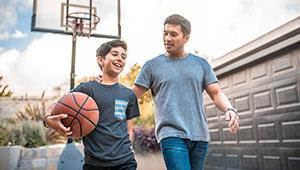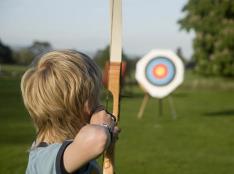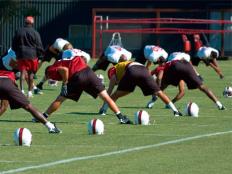The Challenges of Team Sports
Team sports require everyone in the group to have skills, fitness and dedication to perform well. Success doesn't always correlate to individual skill or work ethic–something that can frustrate players who feel they are doing more than their teammates to achieve a shared goal. However, learning to work with others when you don't always see eye-to-eye is an important life skill.
Interpersonal dynamics can affect team performance. Sometimes kids will have to play with teammates they just don't like. And if players on a team don't get along, team performance can suffer. The same is true if teams break into cliques; while team sports can build a feeling of community, it can be hard for a player who feels left out of the group.
The Challenges of Individual Sports
Like the successes, failure weighs heavily on the shoulders of one small person. While this is great for building resilience, it can be heartbreaking for a child in the moment.
Training can be solitary at times. Even when groups train together in compound sports, like swimming, gymnastics or cross country, athletes have to grind out the work alone. Being on a team doesn't make a swimmer faster or a gymnast able to perform a difficult skill, and athletes can't progress solely on the strength of their teammates; they have to improve on their own to compete.
In the end, both types of sports offer unique benefits and challenges for kids. Because of the differences, athletes learn life skills in individual and team sports that can complement each other. Encourage your child to try both! While they might prefer one type over the other, the lessons learned in each type of participation will serve them well.
READ THIS NEXT: Tips for Youth Athletes from Team USA
- 2
- of
- 2









Discuss This Article